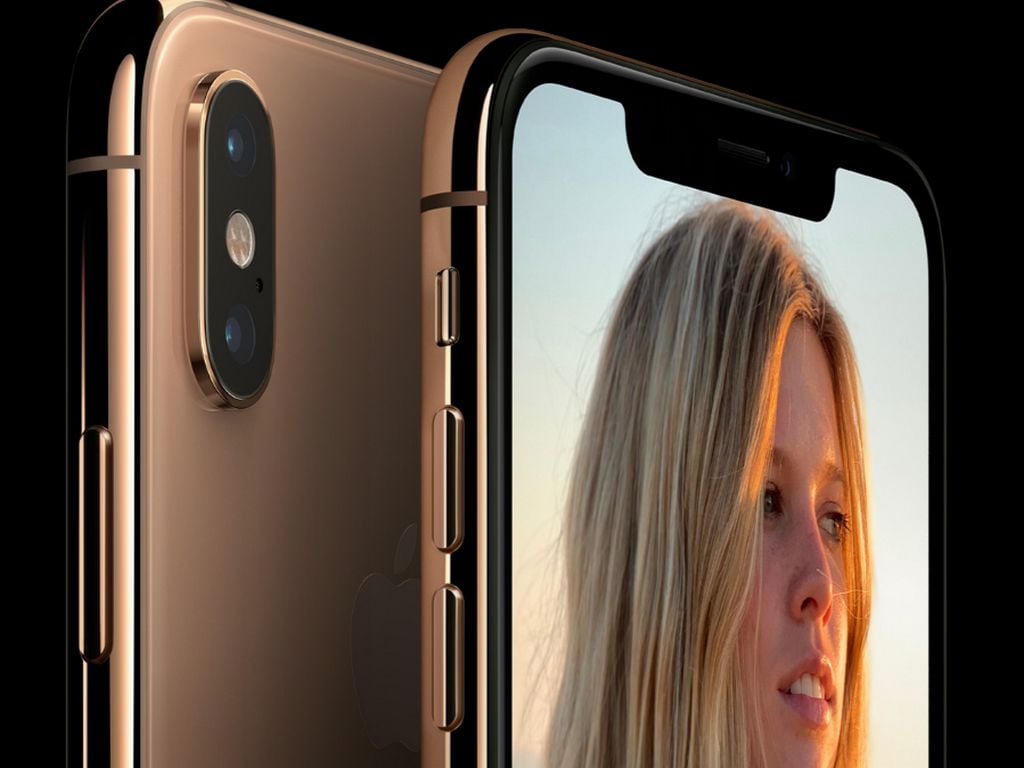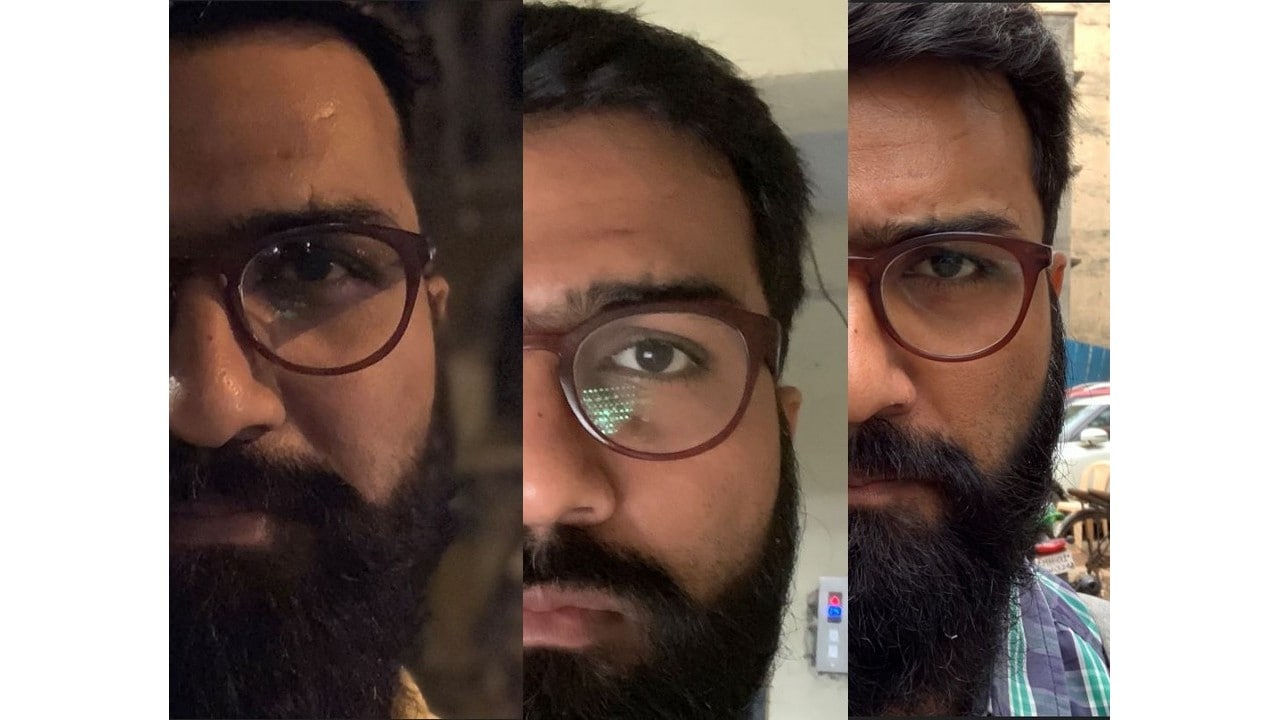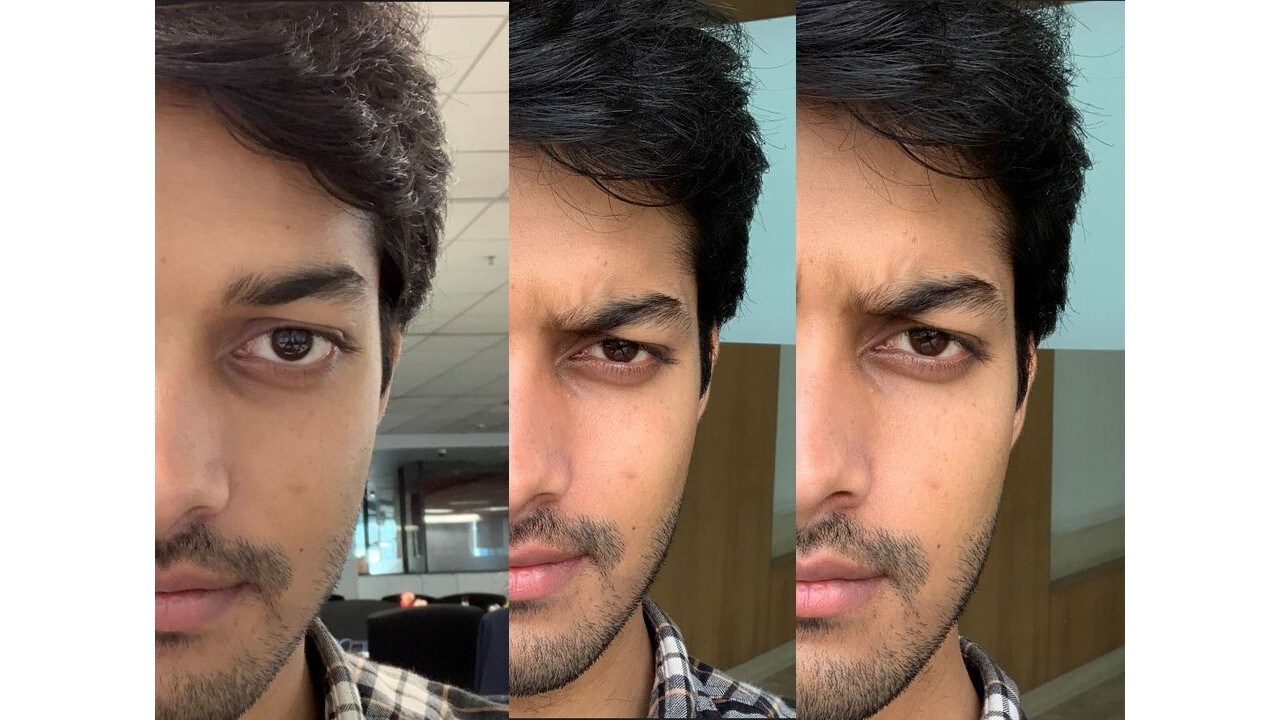The Apple iPhone XS and XS Max have started selling in Indian and international markets. And as it happens after every iPhone launch, there are some major and some not so major issues that crop up. With the iPhone X, it was the bug-ridden iOS 11 that was causing a lot of heartburn for people who already dropped Rs 1 lakh on the device.
This time around, there are two major issues that have been making the rounds of Apple’s discussions forums: Beauty-gate and Charging-gate. (I hate using the suffix -gate for anything controversial, as its derived from the Watergate scandal, where Watergate was actually the name of a hotel. But Apple issues are always known popularly by the -gate suffix)

Apple iPhone XS Max. Image: Apple
Charging issue is real
The Charging-gate issue has been confirmed by multiple sources and so far, there has not been any response from Apple. The issue is being discussed in Apple forums and around 106 people on this thread seem to have the same question, assuming at least 106 people are facing the same issue. And I would like to add my name to the list as well.
Leaving the iPhone XS Max unused on a table and then trying to connect the bundled charger to it does not begin charging the device immediately. On three occasions, even on waking up the iPhone XS Max didn’t show the charging battery symbol. But on unplugging and replugging the cable, the device started charging. I could replicate this multiple times with the bundled 5 W charger as well as the official 10 W charger that Apple refuses to bundle with the phones.
For a device that is priced at Rs 1,44,900, this is a major issue for which there has to be some response from the company at least. It is not really excusable as just another bug. The expectations from an Apple device priced this high are very different from other phones. I really hope it is a software bug that can be fixed in a future update. According to The Verge, those on the iOS 12.1 beta are not facing this issue.
I have reached out to Apple for a response and the story will be updated accordingly.
[embedded content]
Skin smoothening only happens in low light situations
The other issue, well this could be a major issue for some but not so much for me, is to do with selfies. As pointed out by a lot of Redditors and Unbox Therapy’s Lewis Hilsenteger, a lot of people are experiencing skin smoothening issues on the images shot from the front camera. A side by side comparison with the iPhone X makes it quite apparent that there is some skin smoothening happening. But most of the image samples shown online that I have seen, have one thing in common — they all seem to be photographs clicked indoors.

From L to R: iPhone XS Max with Smart HDR On in low light (L), Indoors (M) and Outdoors (R)
I tried testing the iPhone XS Max’s front-facing camera in different lighting conditions to check for any kind of skin smoothening. Turns out, the skin smoothening issue is present on selfies taken indoors or in low light situations. It is most probably the noise reducing algorithms that are acting very aggressively with the Smart HDR feature. Selfies shot in the bright outdoors did show the skin textures to be just fine. As you can see in the image above, the images on the left and in the middle are markedly different in terms of sharpness from the one on the right. The selfies shot in low light exhibit skin smoothening due to the noise reduction algorithms working in overdrive. Selfies shot outdoors retain a lot of the skin textures. Also notice, the beard hair is much sharper outdoors, whereas in low light and indoor situations it almost seems like I’ve painted a beard on.

From L to R: iPhone XS Max with Smart HDR On Indoor (L), Outdoor (M) and with Smart HDR Off Outdoor (R)
Here again, the image shot inside the office on the left has a noticeable skin smoothening whereas images outdoors show a lot more texture (especially with the Smart HDR on). Here again, notice the texture also on the hair.
(You can check out this album on Flickr which has the full resolution images in different situations to arrive at your own conclusions)
Sebastiaan de With, the designer of the popular iPhone camera app called Halide, in this Medium post, goes a little more in-depth on the camera on the iPhone XS. According to him, Apple is relying a lot on computational photography which could be the reason behind the smoothing effect. According to With, the iPhone XS is smoothening the skin because of better and more aggressive noise reduction due to merged exposures on the iPhone XS sensors. And it’s not just limited to skin, the smoothening is seen even on finer objects. One reason being given is that the iPhone XS/XS Max, because of the Smart HDR feature, tend to shoot at a faster shutter speed with high ISO levels — which would ideally increase the noise in the image. Smart HDR then merges the noisy images and runs a noise-reduction algorithm, which inevitably smooths out all textures. The overall effect is what we’re noticing as smoother skin tones in selfies.
Toggling off the Smart HDR in indoor or low light situation didn’t really help much. In well-lit conditions, skin textures are apparent even with Smart HDR turned on.
To be really honest, I don’t get why this is such a big deal. Yes, it would have been great to have the option to turn off the skin smoothening in low light situations, but every Android phone has had the beautification mode and skin smoothening as a feature, not a bug.
Yes, I hate it, but there is definitely a market for that. As compared to the iPhone X, where images in low light situation are just noisy in the face region, the ones coming out of the XS/XS Max are much cleaner. This is, I think, a fair trade-off. I hope Apple can bring back more texture in a subsequent update, but it’s more important that Apple at least acknowledges these issues in the first place.
If you have an iPhone XS and XS Max and are facing any of the above two issues, do let us know in the comments section.
[embedded content]
Post a Comment